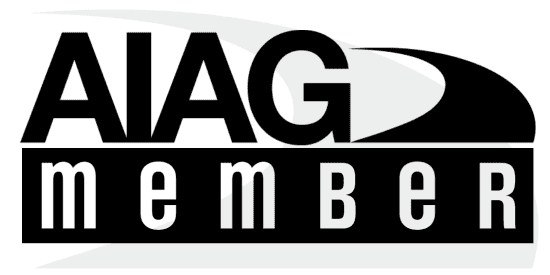The Hybrid Undercurrent — OEMs and Suppliers Reclaim the Spotlight at IAA 2025
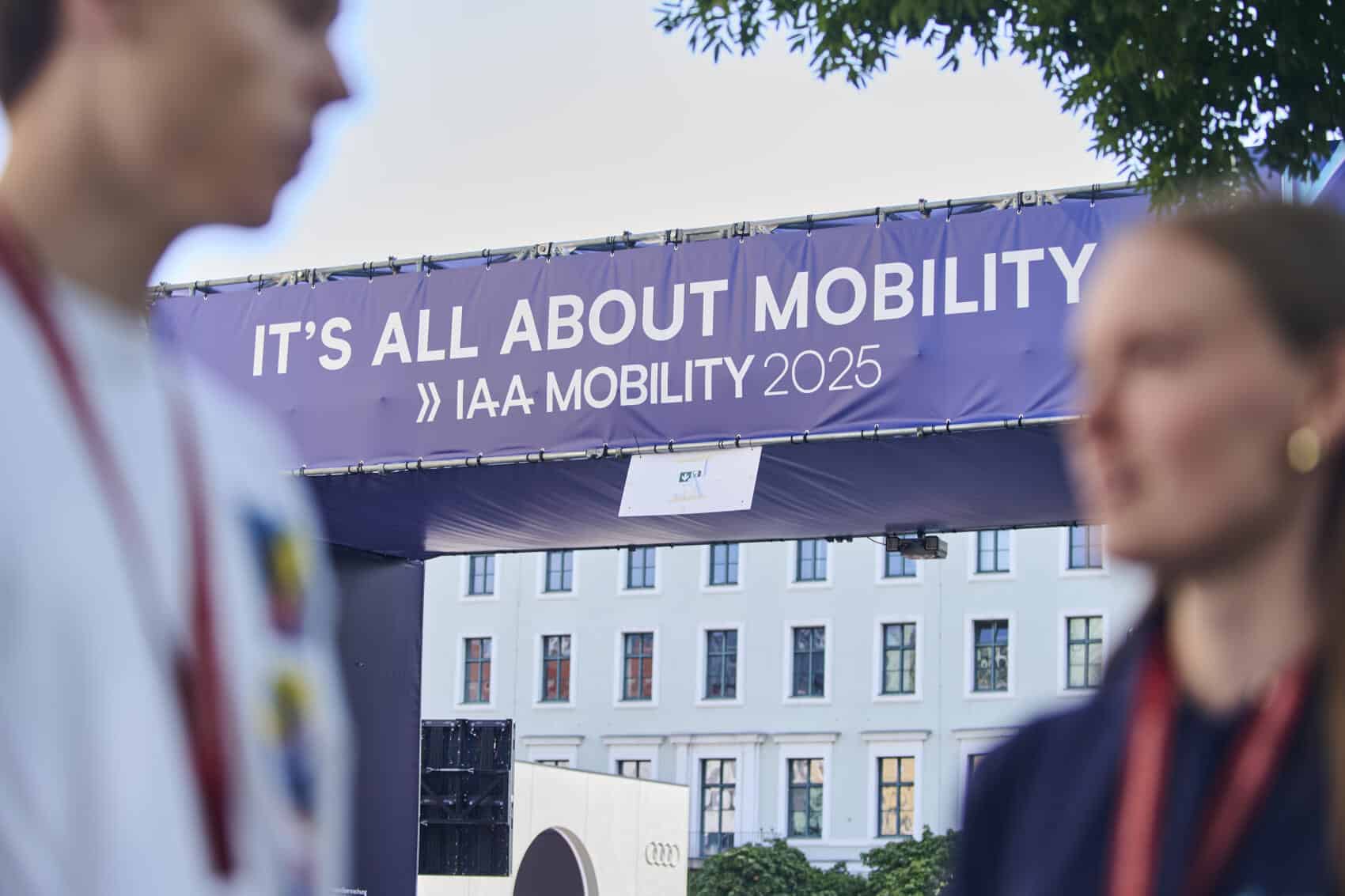
picture: IAA
Does though EV launches stole the headlines? IAA Mobility 2025 was equally a showcase for the resilience and reinvention of hybrid technology. Both OEMs and suppliers used the platform to underline how hybrids—plug-in, mild, or range-extended—are set to play a decisive role in bridging infrastructure gaps, cutting CO₂, and ensuring competitiveness in the 2020s.
OEMs: Hybrids as Strategic Insurance
- BYD expanded its dual-mode (DM-i) lineup with the SEAL 6 Touring PHEV, boasting 105 km of electric-only range and an eye-catching 1,350 km combined range. A reminder that long-distance flexibility still sells, especially in Europe.
- Audi unveiled the new Q3 Sportback PHEV, offering up to 118 km electric range—one of the highest in its class.
- Renault introduced a self-charging hybrid Clio, keeping cost-sensitive buyers in the hybrid fold.
- Volkswagen Group confirmed that next-gen T-Roc, Tiguan, and Passat lines will feature hybridized powertrains alongside combustion and BEV options.
This spread illustrates a clear truth: hybrids are not retreating but are diversifying across both premium and mass-market models.
Suppliers: Quiet Innovators with Hybrid Firepower
ZF: Incremental but Essential
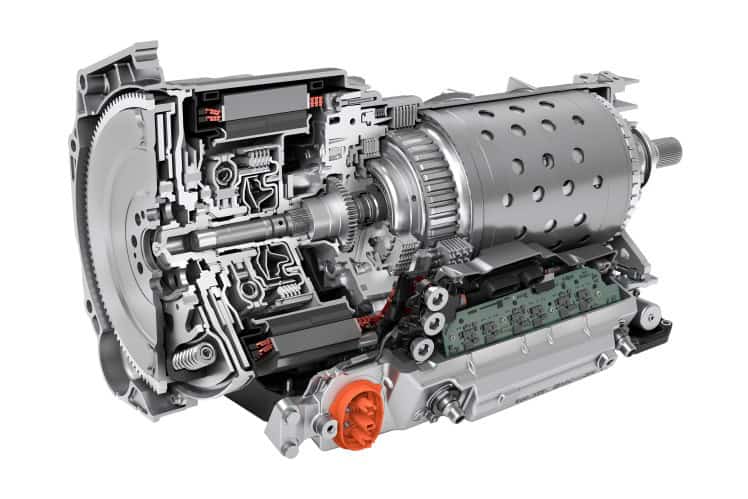
Further developed benchmark transmission: The 8HP evo impresses with improved efficiency and performance and is now also available as a variant for full hybrids on a 400 V basis.
picture: ZF
ZF’s 8HP evo transmission sharpened the hybrid edge, raising electric motor output to 200 kW, torque to 600 Nm, and trimming losses by nearly 30%. For OEMs, it translates to 10% more EV range without touching battery size—vital in a cost-constrained environment. ZF Getriebe-Update 8HP evo
MAHLE: Hybrids as Adjuncts to Electrification
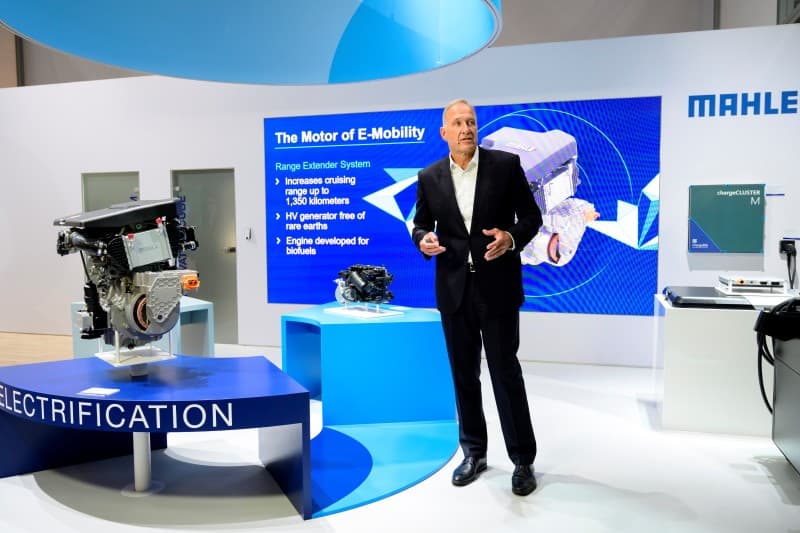
New range extender system and thermal management module increase the range of electric vehicles and eliminate customers’ range anxiety.
picture: Mahle
- Introduced a high-voltage range-extender generator, enabling BEVs to cover up to 1,350 km without charging stress.
- Launched a compact thermal management module that can improve EV range by 20% in cold climates.
- Highlighted flex-fuel ICE components capable of running on 100% ethanol, keeping hybridized combustion relevant.
MAHLE coupled these technologies with a policy argument: the industry needs technology-neutral CO₂ regulation that allows hybrids to flourish alongside BEVs. (Press Release Mahle)
Horse Powertrain: Compact Modularity
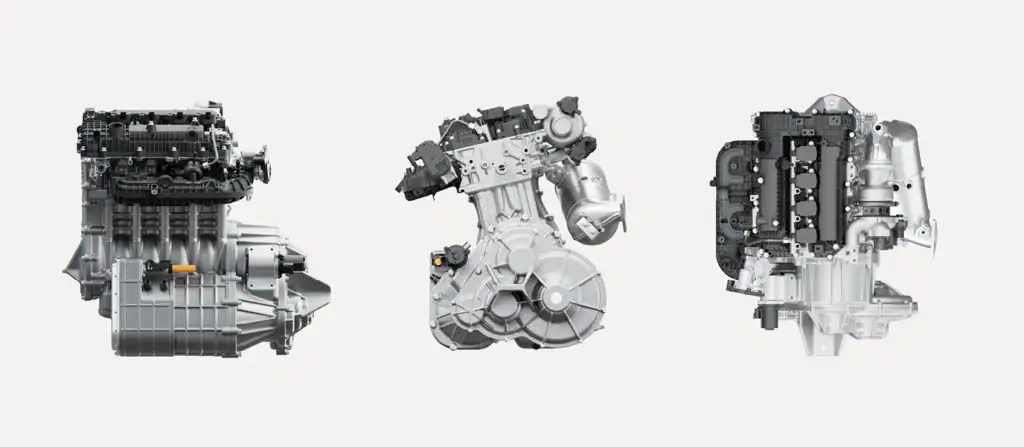
Future Hybrid System: a revolutionary hybrid system that offers an affordable and effective way to hybridize EV platforms. Combines engine, transmission, motor and power electronics into an integrated system. Presented at Auto Shanghai 2025 as the Future Hybrid Concept.
picture: Horse Powertrain
- Debuted its Future Hybrid System, a modular engine–motor–transmission platform that reduces OEM development cost and complexity, with mass production slated for 2027.
- Showcased the C15 compact range-extender, a briefcase-sized unit (500 × 550 × 275 mm) delivering 70–120 kW, capable of running on gasoline, ethanol, or synthetic fuels.
- Added cutting-edge components: an amorphous motor with 98.2% efficiency and a GaN generator reducing packaging volume by 20%.
Horse’s approach reflects a Chinese–European hybrid synthesis: modularity, efficiency, and fuel flexibility, designed to retrofit BEV platforms into hybrid or REEV form. Horse Powertrain Hybrid Solutions
Market Outlook: A Hybrid Decade
Market forecasts suggest 10% annual growth in hybrid demand through 2032, with PHEVs and range-extenders particularly attractive in regions where infrastructure is lagging or energy security is under debate. For OEMs, hybrids act as both regulatory hedge and consumer reassurance; for suppliers, they remain a fertile ground for incremental but lucrative innovations.
Conclusion
IAA Mobility 2025 revealed that hybrids are not a compromise, but a strategic enabler—for affordability, for regulatory compliance, and for resilience in global markets. While the media buzz focused on EV affordability and Sino-European rivalry, the deeper story is that hybrids are being re-engineered, modularized, and re-politicized as part of the electrification continuum. OEMs and suppliers alike seem to agree: hybrids will remain central well into the 2030s.


